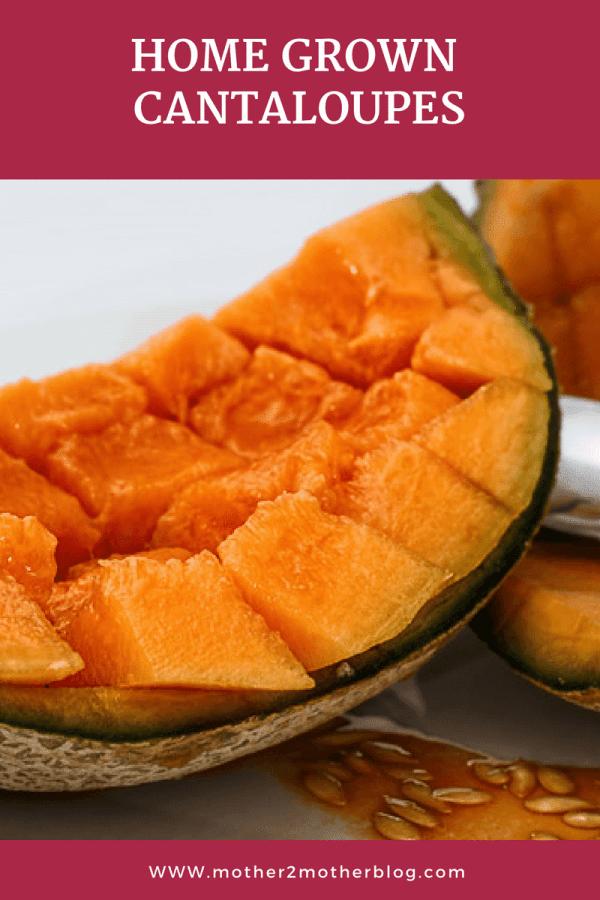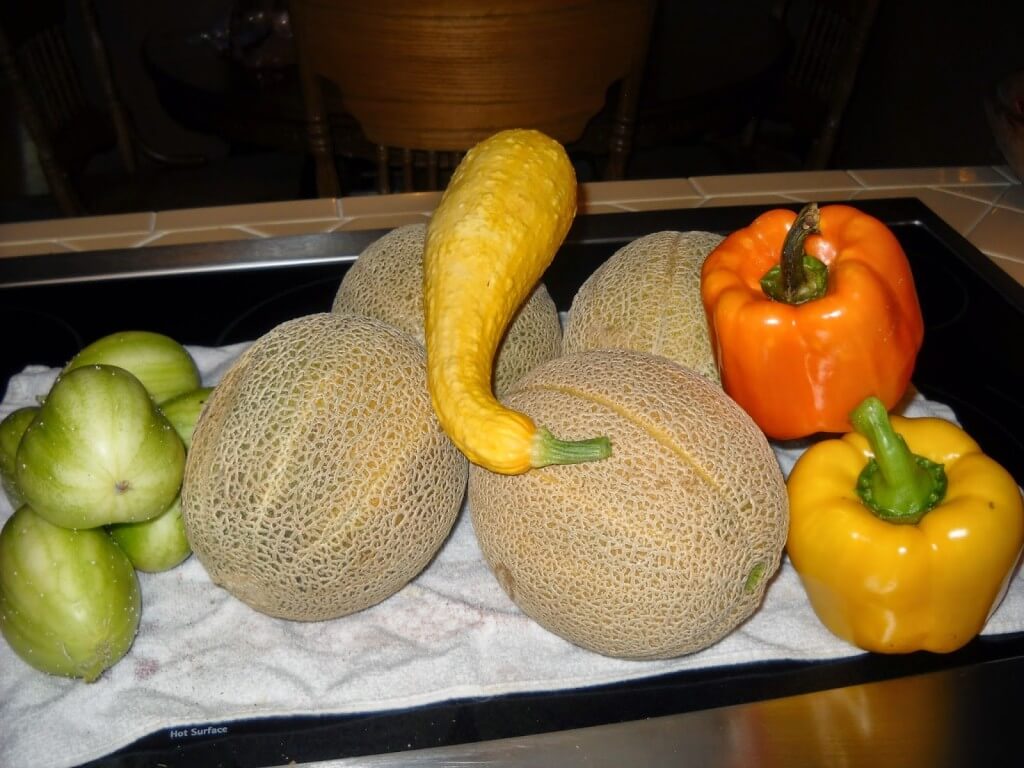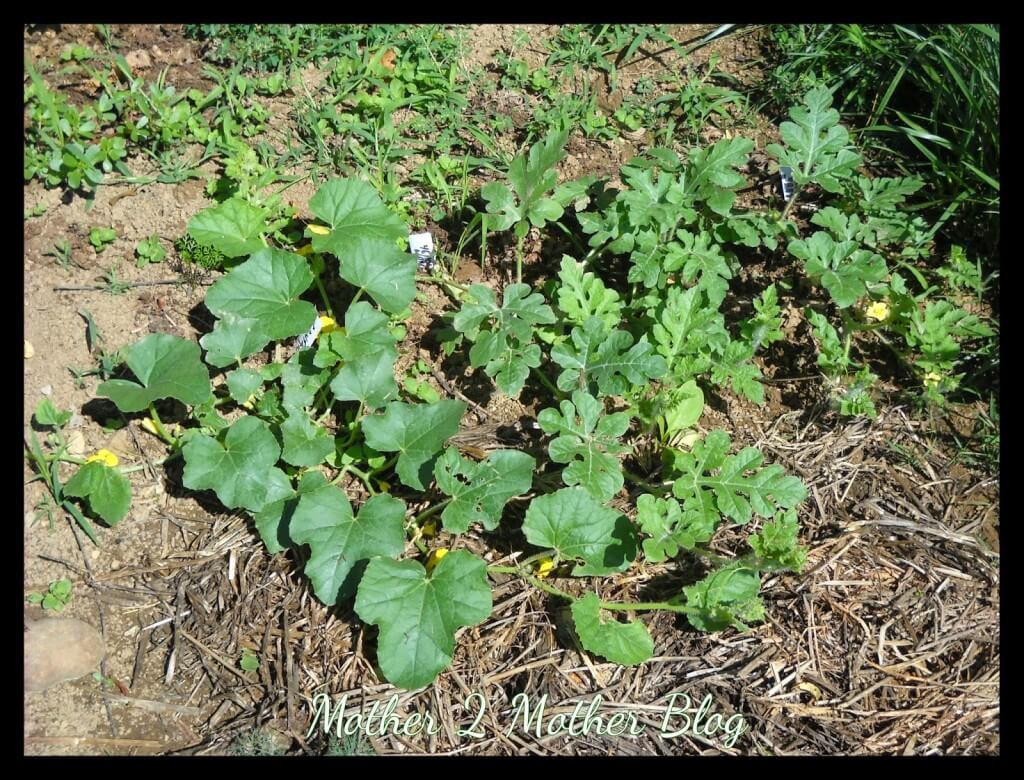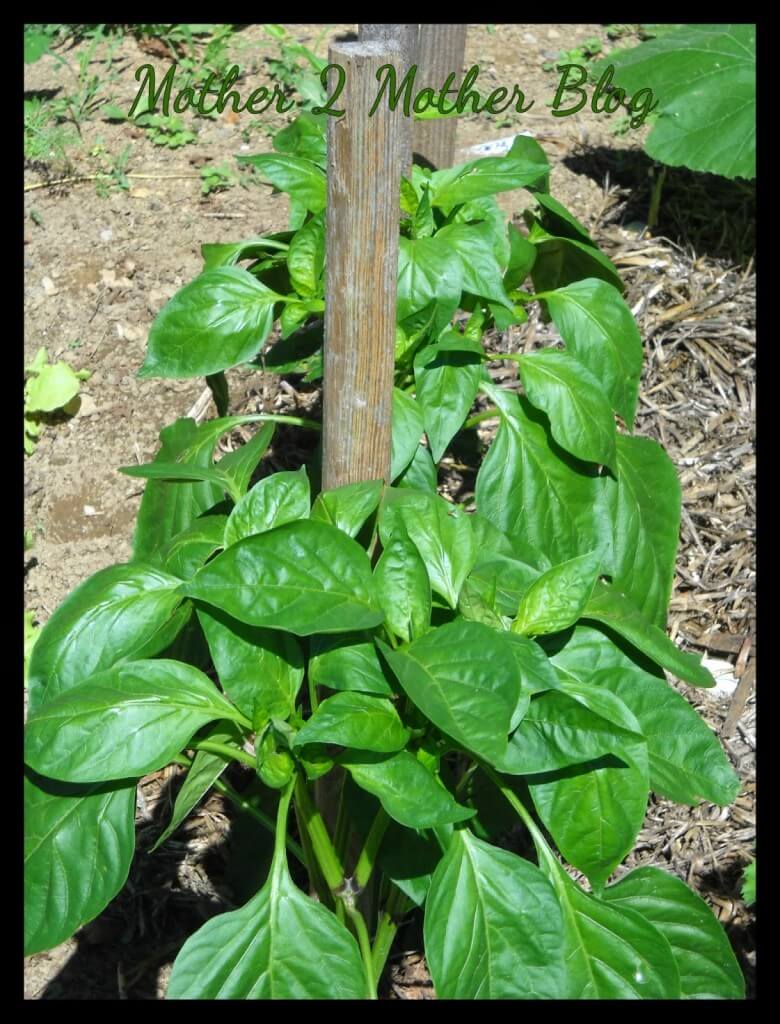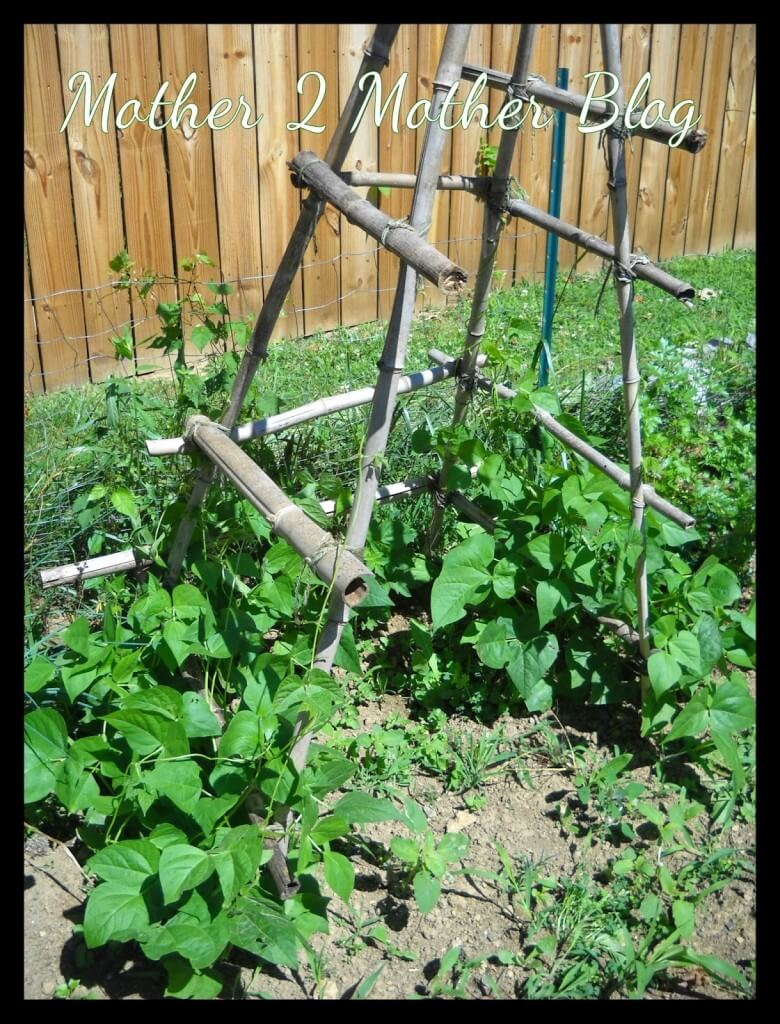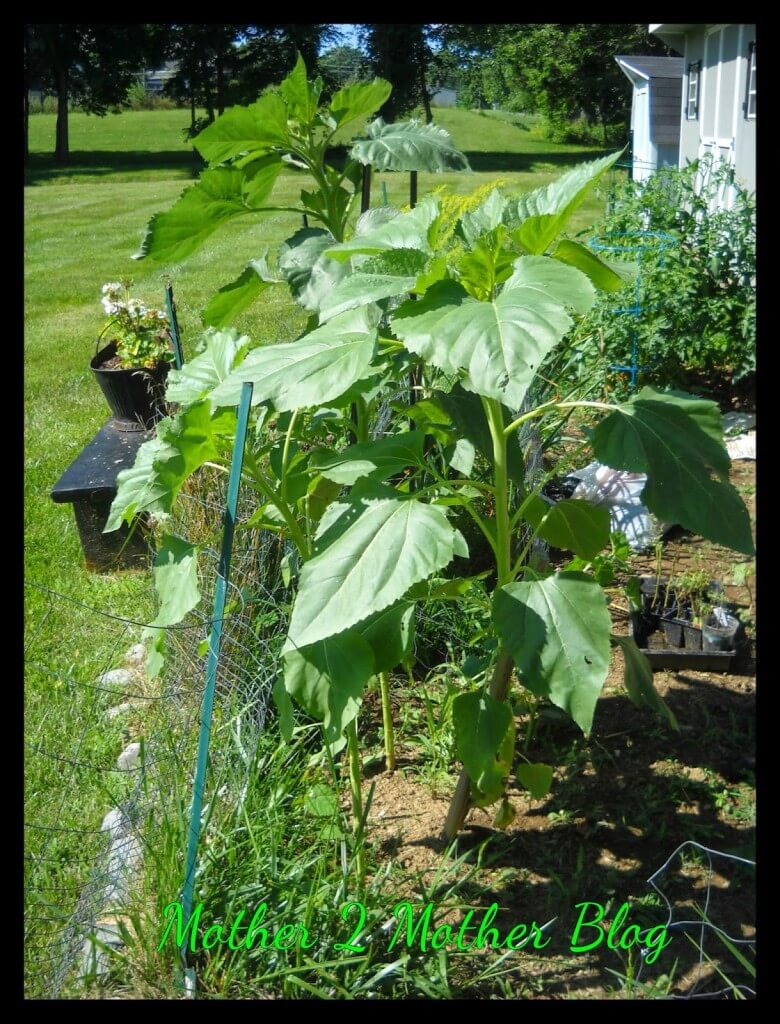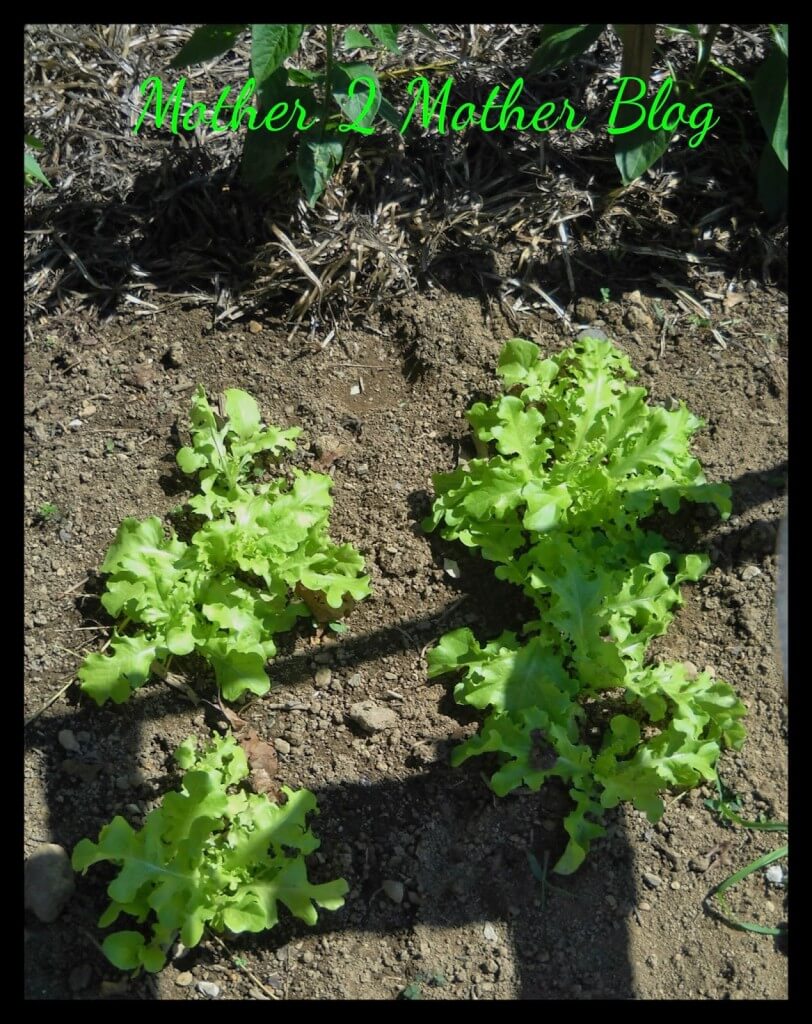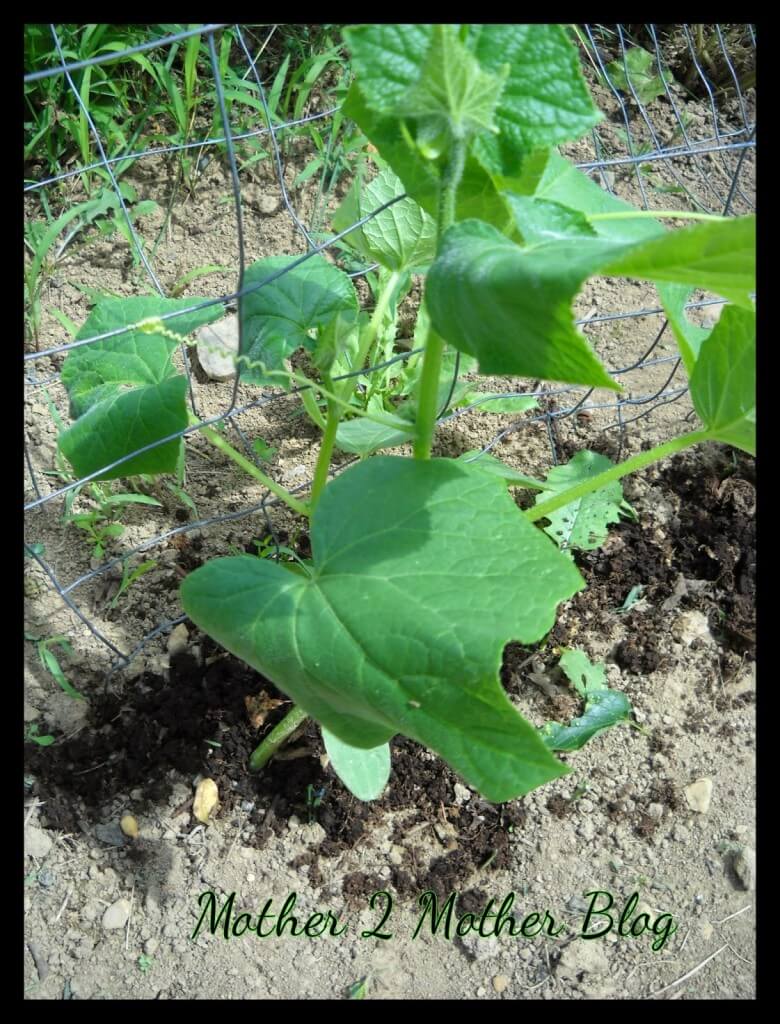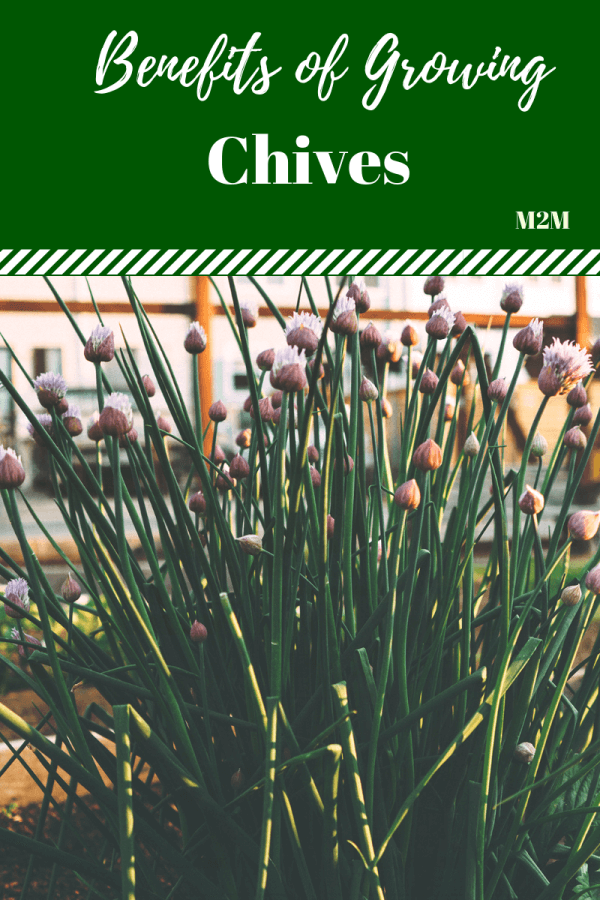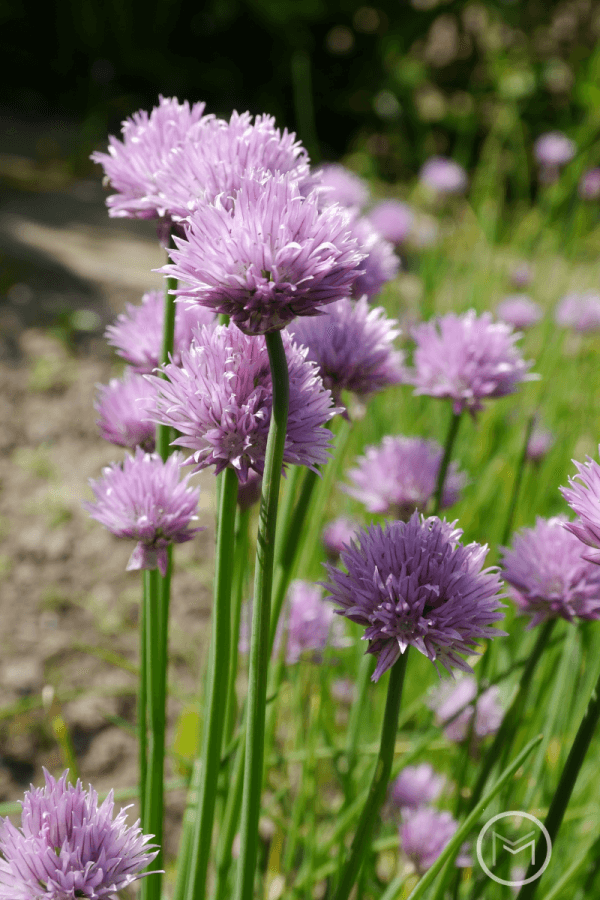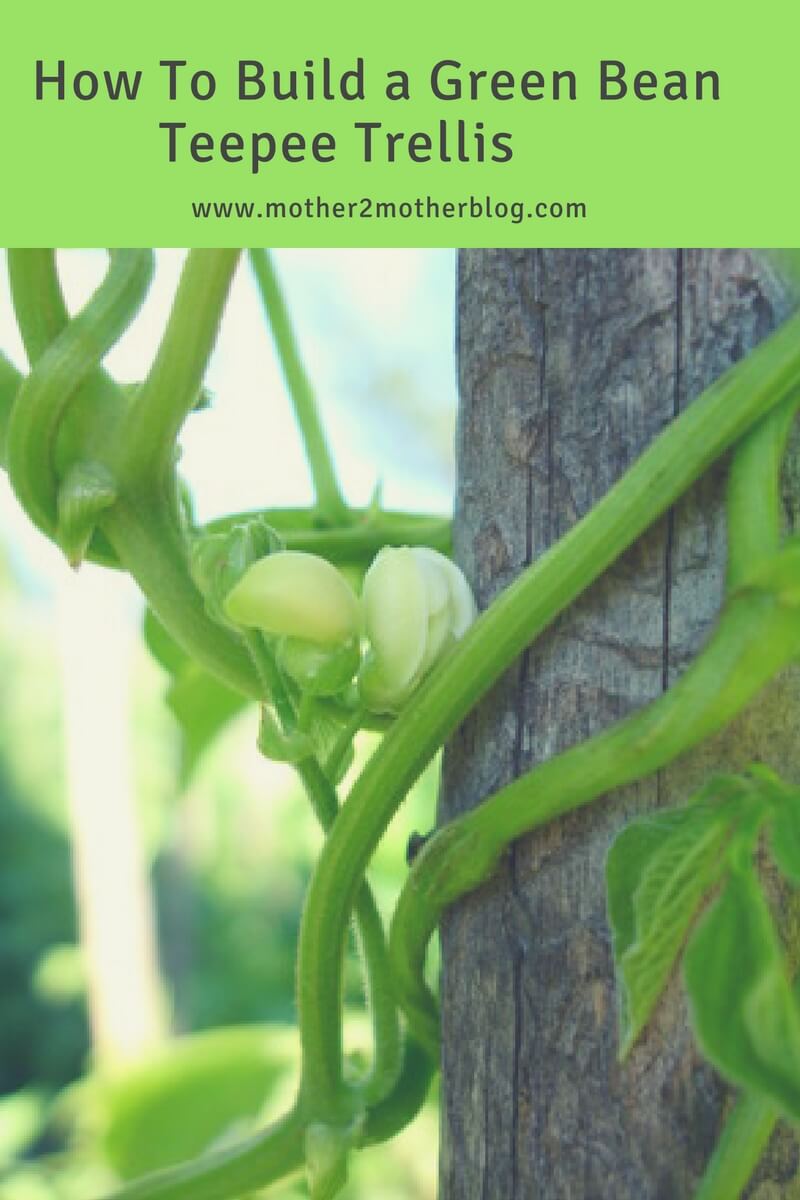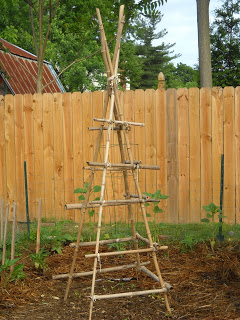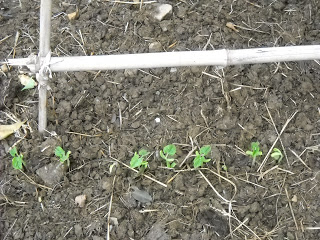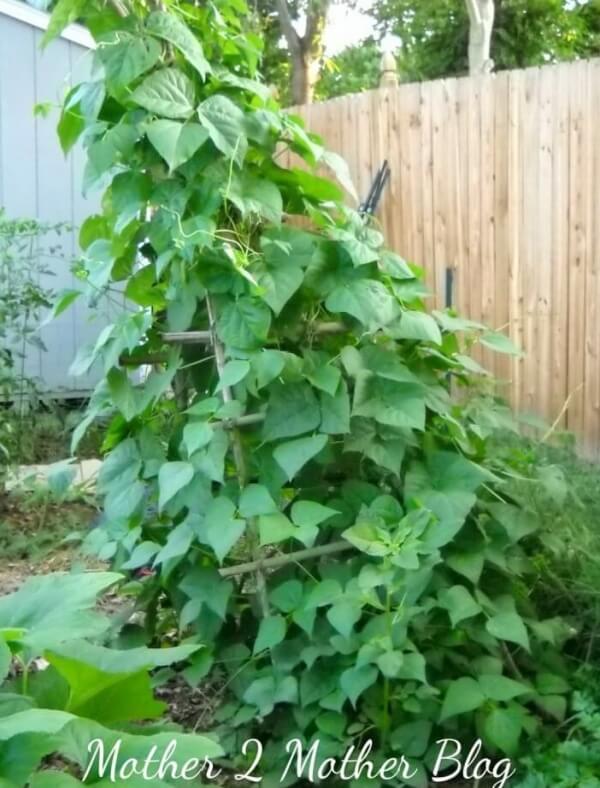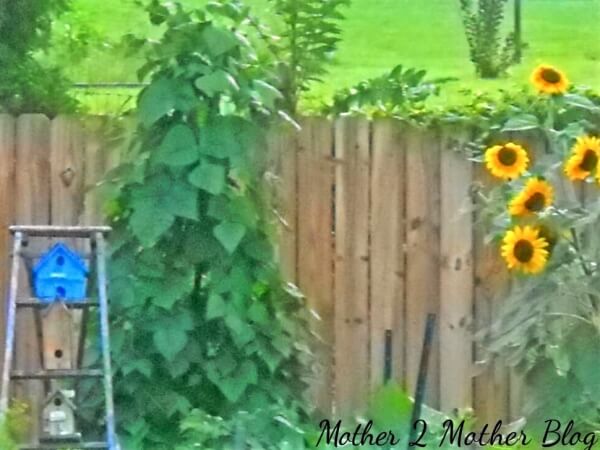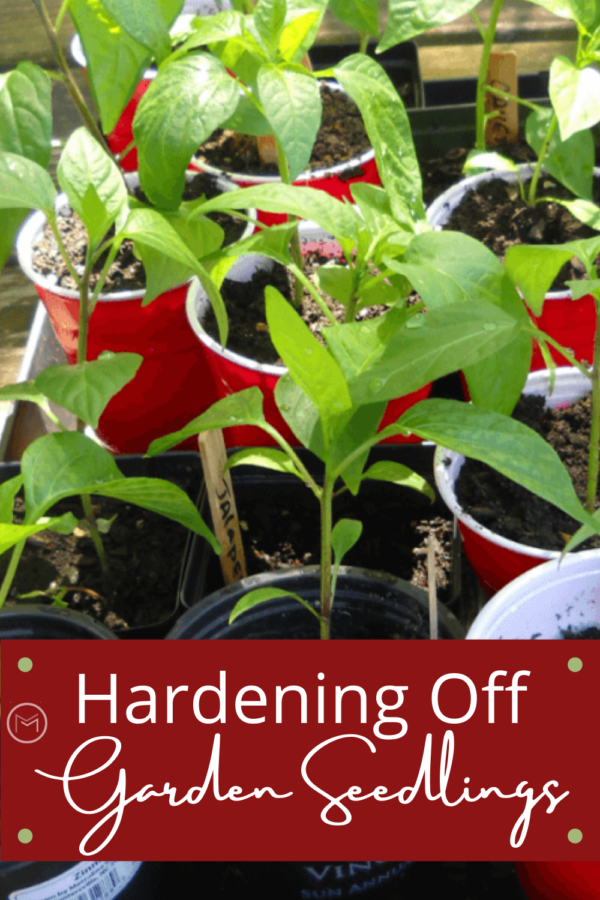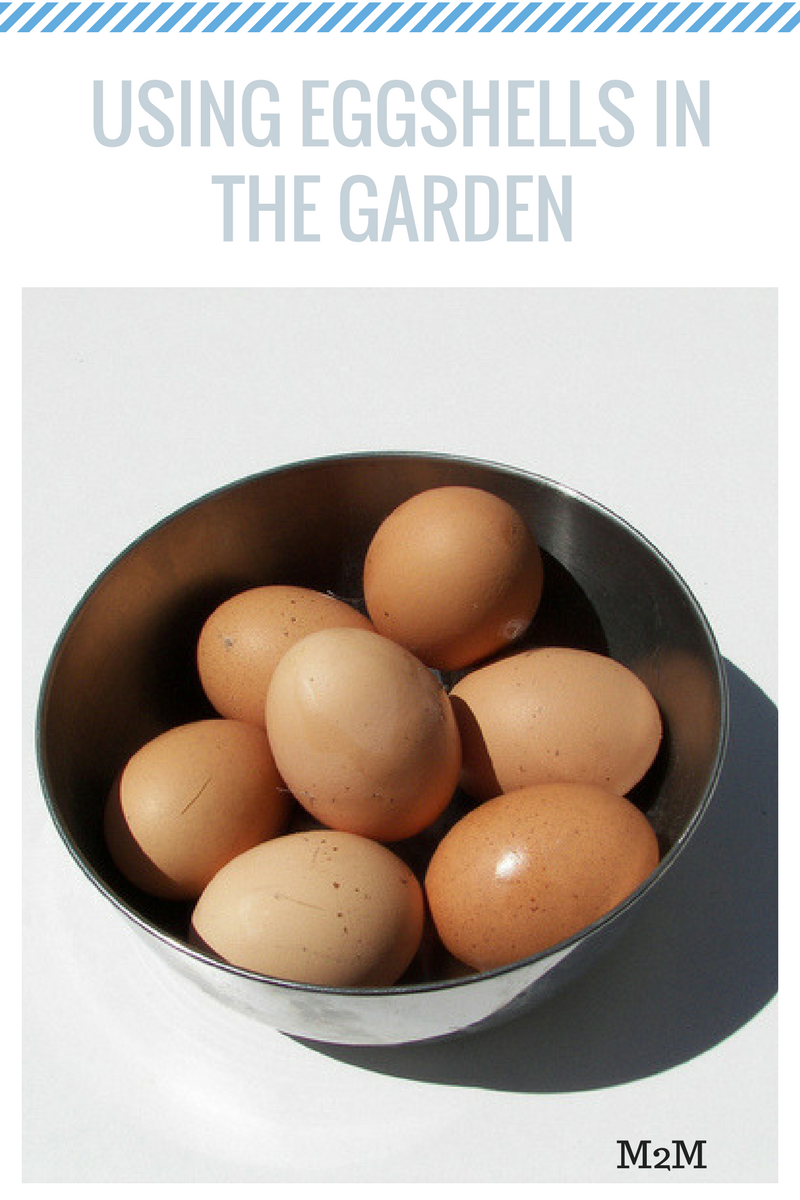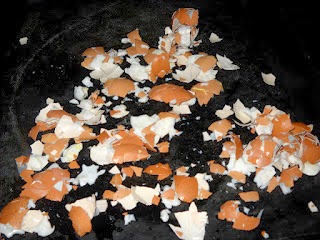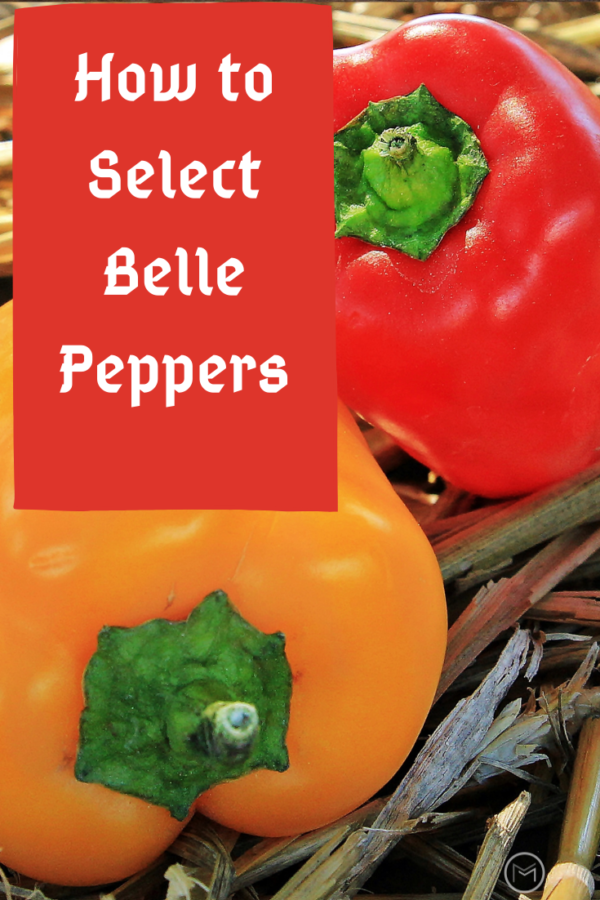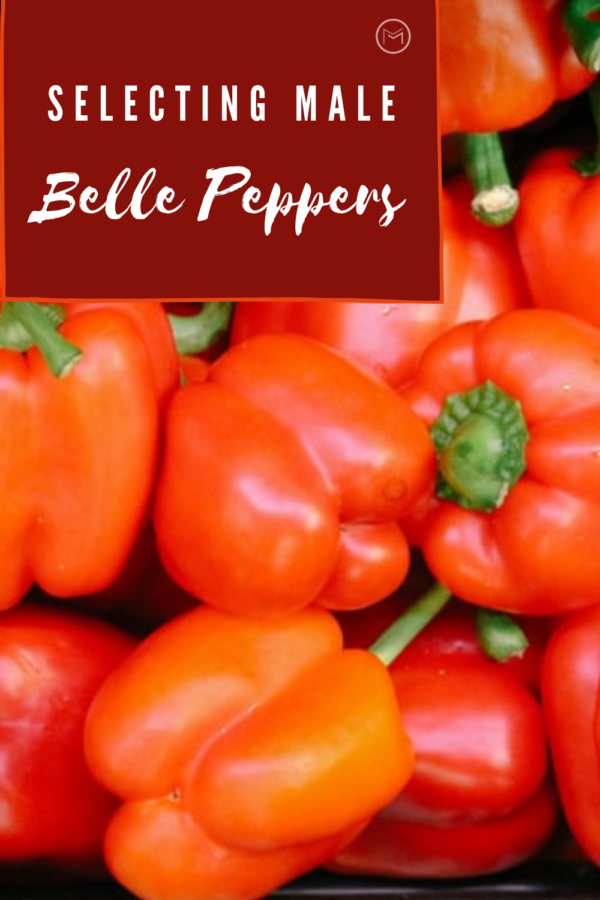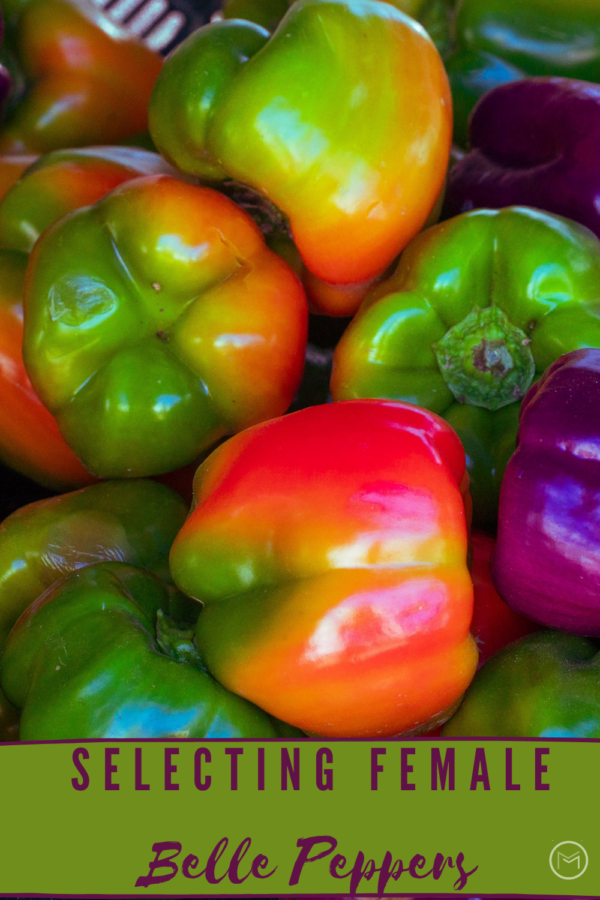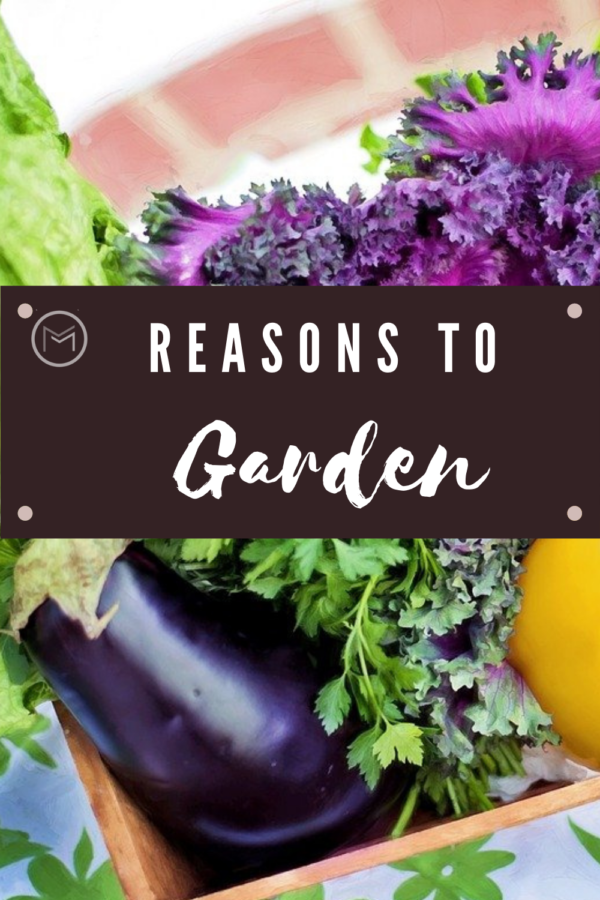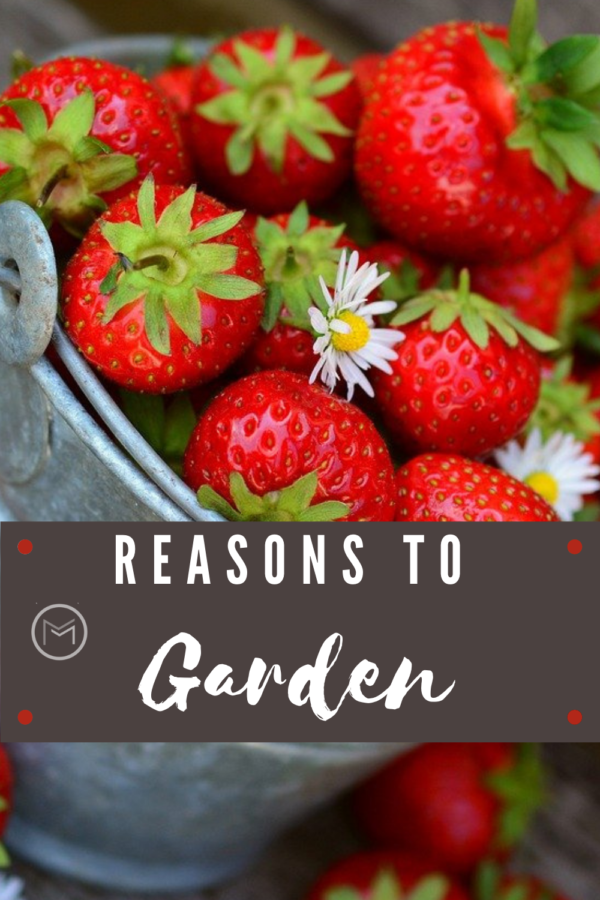Today, I’m sharing gardening advice on how to plan a kitchen garden. Fall and winter is the perfect time to start planing and sowing seeds indoors or outdoors. As a matter of fact, the best time to start planning is when there’s snow on the ground and it’s cold outside. A well planned garden will lead to a successful garden.
If you’re striving to get healthier, there’s nothing better than fresh vegetables. I have been gardening for years and now considered a master gardener. My focus has been on tomatoes, peppers, garlic, green beans, watermelons, and herbs. However, I do add in sunflowers and marigolds. Planting a kitchen garden helps save on the grocery bill, and you will be able to to freeze and preserve your harvest.
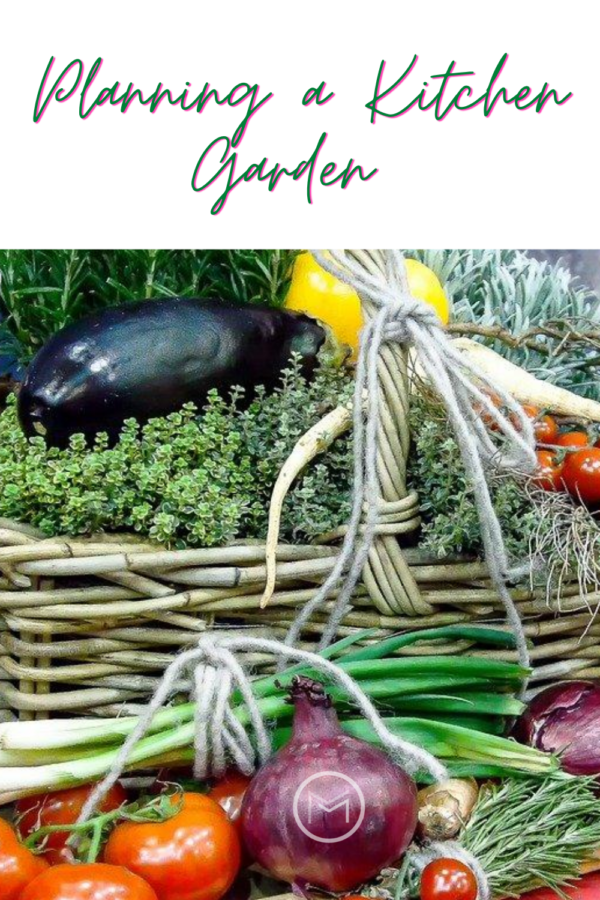
Here’s a few steps on how to plan a kitchen garden:
- Plan your garden layout – Will you be using raised beds, row gardening, or containers? Will you plant a small, medium or large garden? The size of your garden will determine how many plants you will need to purchase or need to start from seed. You also need to start thinking about the containers you will be using or pricing material for your raised beds if this is the route you will be taking. How many bags of gardening soil will you need for your pots and raised beds.
- Decide what you want to plant – Do you want to do herbs only or a variety of vegetables? Will you be planting Hybrid or Heirloom seeds/vegetables? How many will you plant. My suggestion is that you plant what you like and will use during the summer and winter months. Will you be canning your harvest or sharing it with food banks or neighbors and friends.
- Order seeds – Browse catalogs and on-line websites to determine what you need to purchase or join seed swaps. You can order seed catalogues and browse them on the cold, snowy days. You will be able to purchase seeds that you won’t find locally. Also, the Dollar Store and Dollar Tree both have a selection of seeds for bargain prices. I’ve purchased from both, and had success with them germinating. I also purchase from Gurney, Johnny’s, Parks Seed, Territorial and Baker Creek seed companies.
- Prepare for indoor sowing – If you indoor sow, set up a schedule for sowing your seeds. Make sure your lights are working properly, you have sufficient containers, potting mix etc.
- Start winter sowing – You can start summer flowers and vegetables in containers and place them outdoors to get a head start on the growing season. I start my sunflowers using the winter sowing method. I have also been successful winter sowing vegetables. I’ve been so successful, that I no longer use the indoor sowing method. But, you decide what works with you. If you decide to winter sow, check your plastic containers supply. Make sure you a variety of sizes and shapes. I love using Gatorade bottles, 2 liter soda bottles, quart or gallon milk jugs work great too.
- Check your inventory – make sure you have everything in working order and you have sufficient supplies for your garden.
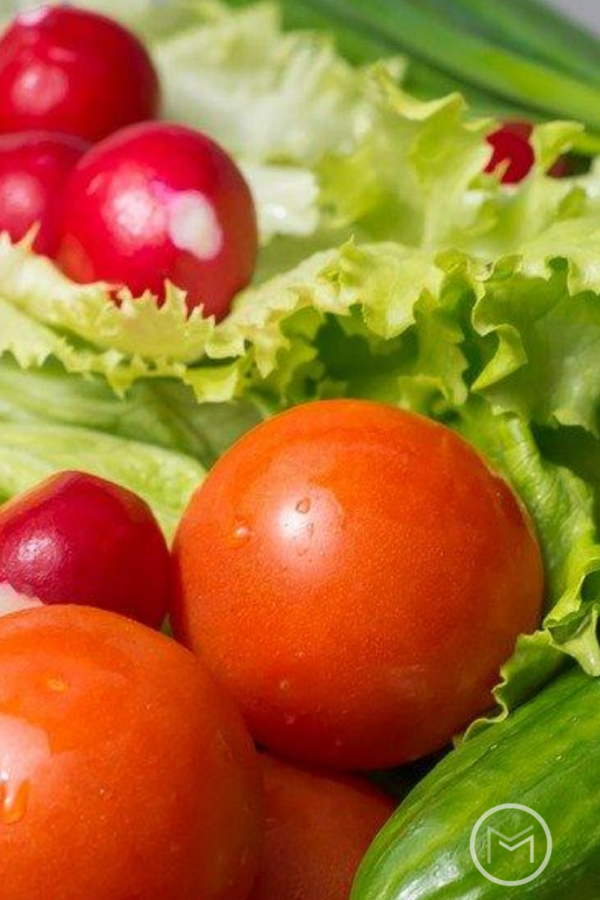
Think ahead. For example, I’ve decided to increase my basil plants from 2 to 6. I love using fresh basil in my tomato sauce. But, I also like to share it with my sister and daugher. I also freeze fresh basil for use in dishes throughout the winter. Placing dried herbs in my Christmas gift baskets was a big hit. People love homemade gifts. Especially, if they’re yummy.
I normally put in 10 -15 tomato plants, 3 – 4 belle and hot peppers, 2 squash, 2 zucchini, 6 cucumbers, 24-30 cloves of garlic and a few rows of green beans. Other years, I may take out or put in something different. I will be cutting back on the vegetables that I have an adequate supply stored. I will be replacing some of the plants with cauliflower, cantaloupe, water melons, leaf lettuce, collard greens, and a variety of herbs.
So, I use the direct sowing method for my green beans, cucumbers and lettuce. However, I use the winter sowing for my sunflowers tomatoes, herbs, squash, zucchini, peppers, cauliflower, fruits and flowers.
I will be doing a series of posts on sowing seeds, gardening in containers, row garden preparation, preserving the harvest and everything in between on the blog. Stay tuned.
I hope that you found my steps on how to plan a kitchen garden helpful. If you have a question while planning, starting your seed, implementing your garden or just feel overwhelmed, send an email to The Mail Box using rhonda@mother2motherblog.com, and I will respond to your questions. Lets get healthy together!
